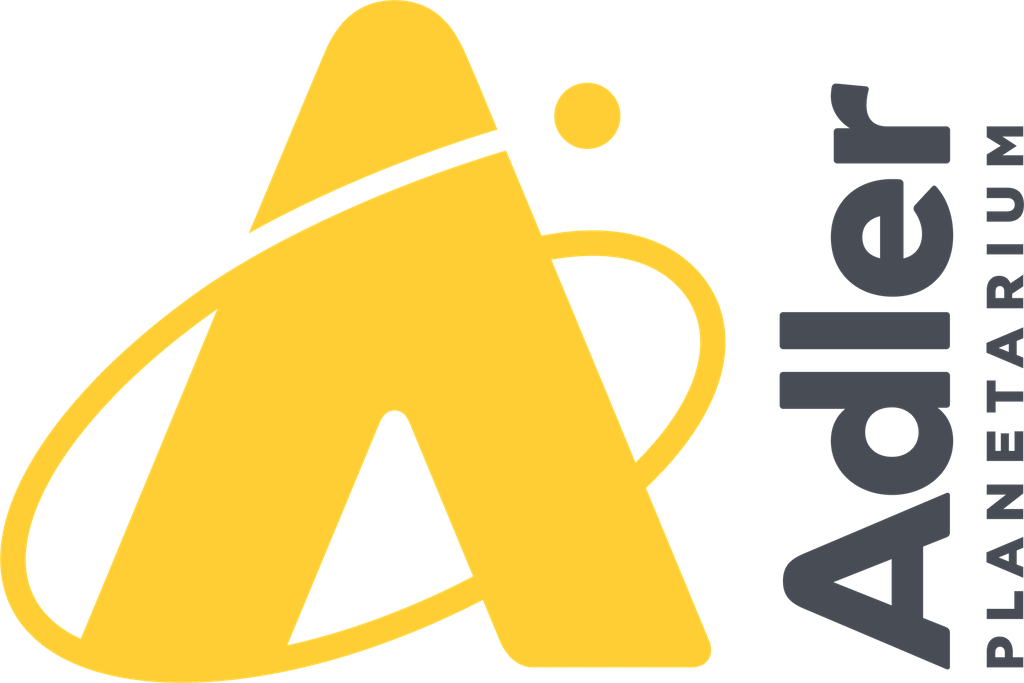Details
If the Results tab lists one or more records*, and you click one of those records, then that record will be displayed comprehensively on the Details tab.
* Each object description in a database is saved in a so-called record. So, a record contains data that belongs together because it describes for instance one publication (author, title, number of pages, etc.), or one museum object, or one archive piece.
Which detail presentation types are available depends on the database. (The buttons to switch between presentation type can be found in the column on the left.)
- In the Library catalogue you can choose between a Detail display and Catalogue card. If you are logged in, the copies of this publication currently available for borrowing are shown at the bottom of the detail presentation.
- In the Museum collection you can choose between an Extended display and an Object card. You can click images to display them enlarged in a new window. From there you can also print the image.
- For the Archives there is only one presentation type available. This concerns a full presentation of the record, with beneath it a hierarchy structure: in here, for the retrieved record, you’ll also see all higher level records in the hierarchy.
Browsing through the records
In detailed display you will only see one record at a time. You can browse to the detailed display of other records from the search result by clicking the two inner arrows at the top of the record; with the outer arrows you’ll browse to the first or last record in the result.
Selecting records
To the left of the record, there is a checkbox. Click it to mark the record, and it will be included in your personal selection. That selection of data can be used later on (from the Selection tab) to print out, or to send via e-mail, for example.
You deselect a record by clicking a marked checkbox again.
Printing, downloading or e-mailing the currently displayed record
The currently displayed record can be printed, downloaded as an HTML page or e-mailed: click one of the options Send by e-mail, Print or Download in the column on the left, to do so. When you click Download, you can usually still choose if you want to open the HTML page in a program of your choice directly (in which case it won't be saved on your computer automatically) or if you want to download it. In the latter case, the .html file is saved in your default \Downloads folder. From Windows Explorer you can open this file in a program of your choice: right-click the file and select Open with in the pop-up menu to pick the desired software. If you open the file in a browser or in Microsoft Word, it will be displayed much like the web page was presented originally, although in Word you may have to do some editing before it's ready for printing, while if you open the file in a simple text editor you will be presented with the HTML code itself.
Refine your search
In the detailed display there are possibilities to search further on one of the datums that are being shown. Click an olive green coloured term to search the current database on that word or name. So, if you click the name of an author or creator for instance, you’ll search for all works of this person.
In Archives you can open records that are linked to the current one in detailed presentation this way, via the hierarchy structure in the detailed display.
Log in
Via the Log in button, which is present on some tabs, you may log in (if you are a registered borrower). It allows you to make reservations or save search profiles.
